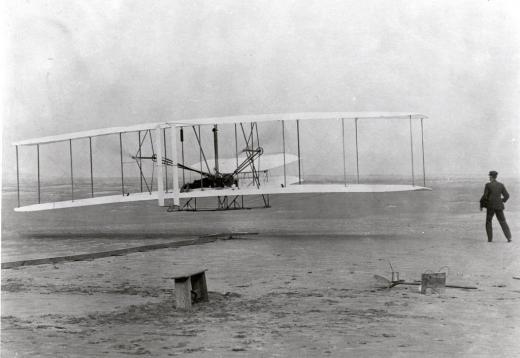What are Wind Tunnels?
Wind tunnels are research tools developed to assist with studying the effects of air moving over or around solid objects. The air is blown or sucked through a specialized duct. A viewing port and instrumentation are included in the duct, to which geometric shapes or models can be mounted in order to be studied. The airflow and geometry observed within wind tunnels is generally compared to theoretical results in order to test their accuracy. This study requires taking into account the Reynolds number, which is the ratio of inertial forces to viscous forces, and the Mach number, which is the the ratio of speed of an object or flow relative to the speed of sound in the medium through which it travels.
Threads are sometimes attached to the object surface in wind tunnels in order to learn more about flow direction and the speed of the air flow in a specific air flow situation. In this situation, dye is injected into the airstream created in wind tunnels, and the particles that result are photographed so they can be studied in varying time frames. Probes can also be inserted at certain points within the air flow in wind tunnels in order to measure air pressure.

Frances Wenham, a council member of the Aeronautical Society of Great Britain, invented, designed, and operated the first enclosed wind tunnel in 1871. The invention of wind tunnels led to more intense studies of the technology and how it could be applied for research and future development.
The Wright brothers reportedly used a simple wind tunnel in 1901 to study airflow while developing their aircraft. Since that time, wind tunnels have been used in a variety of ways. Vertical wind tunnels are used in recreational facilities for indoor skydiving simulations. Other wind tunnels meet the needs of vehicle industries and the sporting world, as well as addressing flight safety issues. NASCAR race teams, for example, use wind tunnels to test the aerodynamics of their car design set ups, which can be different for each track they race.
AS FEATURED ON:
AS FEATURED ON:











Discuss this Article
Post your comments